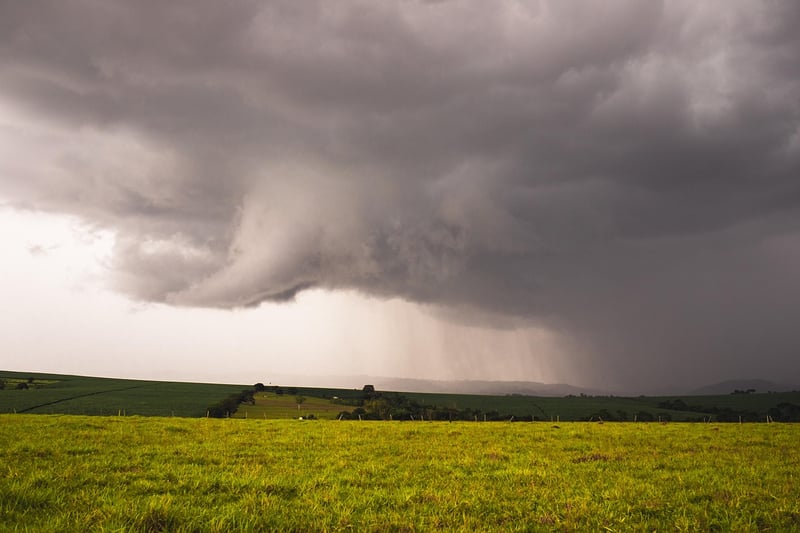Temporal Divergence
Exploring Timelines and Temporal Divergence
Introduction to Timelines
Timelines are a fascinating concept that explores the idea of multiple parallel universes, each with its own unique sequence of events. In popular culture and science fiction, timelines are often depicted as branching paths that diverge based on different choices or actions taken by individuals or groups.
Understanding Temporal Divergence
Temporal divergence refers to the point at which timelines split or deviate from each other, creating alternate realities. This divergence can occur due to significant decisions, historical events, or even random occurrences that lead to a chain reaction of different outcomes.
Exploring Different Timelines
The concept of multiple timelines has captured the imagination of many, leading to various theories and discussions about the nature of reality and existence. Some believe that every possible choice creates a new timeline, while others suggest that certain key events determine the course of history.
Types of Timelines:
- Linear Timelines: Follow a single path of events without branching.
- Branching Timelines: Split into multiple paths based on decisions or actions.
- Cyclical Timelines: Repeat events in a loop or cycle.
- Parallel Timelines: Exist simultaneously but independently of each other.
Implications of Temporal Divergence
Temporal divergence raises intriguing questions about fate, free will, and the interconnectedness of events. It challenges our understanding of causality and suggests that every choice we make could lead to a different reality.
Conclusion
Exploring timelines and temporal divergence offers a glimpse into the infinite possibilities of existence and the complexity of our universe. Whether you believe in a single timeline or multiple parallel realities, the concept of temporal divergence invites us to ponder the mysteries of time and space.

